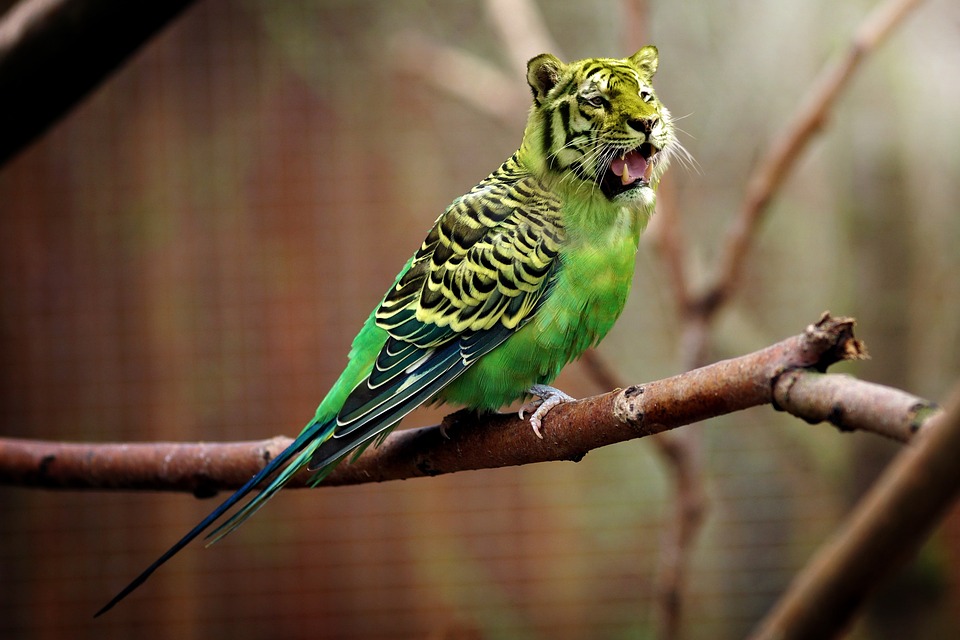The Psychedelic Art Movement of the 1960s
In the 1960s, the counter-culture was hitting its peak in the United States, and the psychedelic art movement was born. It was a time of vibrant colors and swirling shapes, of trippy visuals and mind-bending illusions. The movement was fueled by the widespread use of psychedelic drugs like LSD, which opened up new avenues of creativity and self-expression for young people across the country.
What is Psychedelic Art?
Psychedelic art is a sub-genre of art that emerged in the 1960s and is characterized by its vivid colors, swirling patterns, and mind-bending illusions. The art is often associated with the counterculture movement that was prevalent in the United States during that time. It was a way for artists to express themselves and their experiences with psychedelic drugs like LSD.
The Birth of the Movement
The psychedelic art movement began in San Francisco, California, in the mid-1960s. It was fueled by the culture of experimentation that was sweeping the country at the time, as well as the use of psychedelic drugs like LSD. These drugs allowed artists to explore new levels of creativity and self-expression, and to tap into their subconscious minds to create art that was unlike anything that had been seen before.
The Artists
The psychedelic art movement was characterized by a wide variety of artists, each with their own unique style and approach. One of the most well-known artists of the movement was Wes Wilson, who created iconic posters for concerts and events in San Francisco. Victor Moscoso was another leading figure in the movement, known for his use of vibrant colors and patterns. Other notable artists include Rick Griffin, Stanley Mouse, and Alton Kelley.
The Influence of Psychedelic Art
The psychedelic art movement had a profound influence on the world of art and design. Its use of bright colors and intricate patterns paved the way for other art forms like pop art and op art. The movement also had an impact on fashion, with psychedelic designs appearing on clothing and accessories.
FAQs:
What is the meaning of psychedelic art?
Psychedelic art is a subgenre of art that is characterized by bright colors, intricate patterns and mind-bending illusions. It emerged in the 1960s and is associated with the use of psychedelic drugs like LSD.
Who were some of the leading figures in the psychedelic art movement?
The psychedelic art movement was characterized by a variety of artists, each with their own unique style and approach. Some of the leading figures in the movement include Wes Wilson, Victor Moscoso, Rick Griffin, Stanley Mouse, and Alton Kelley.
What was the influence of the psychedelic art movement on other art forms?
The psychedelic art movement had a significant impact on the world of art and design. Its use of bright colors and intricate patterns paved the way for other art forms like pop art and op art.
What role did psychedelic drugs play in the creation of psychedelic art?
Psychedelic drugs like LSD played a significant role in the creation of psychedelic art. These drugs opened up new avenues of creativity and self-expression for artists and allowed them to tap into their subconscious minds to create art that was unlike anything that had been seen before.
What was the significance of the psychedelic art movement in the 1960s?
The psychedelic art movement was significant in the 1960s as it was a way for young people to express themselves and their experiences with psychedelic drugs like LSD. It was also associated with the counter-culture movement that was prevalent in the United States at the time.






